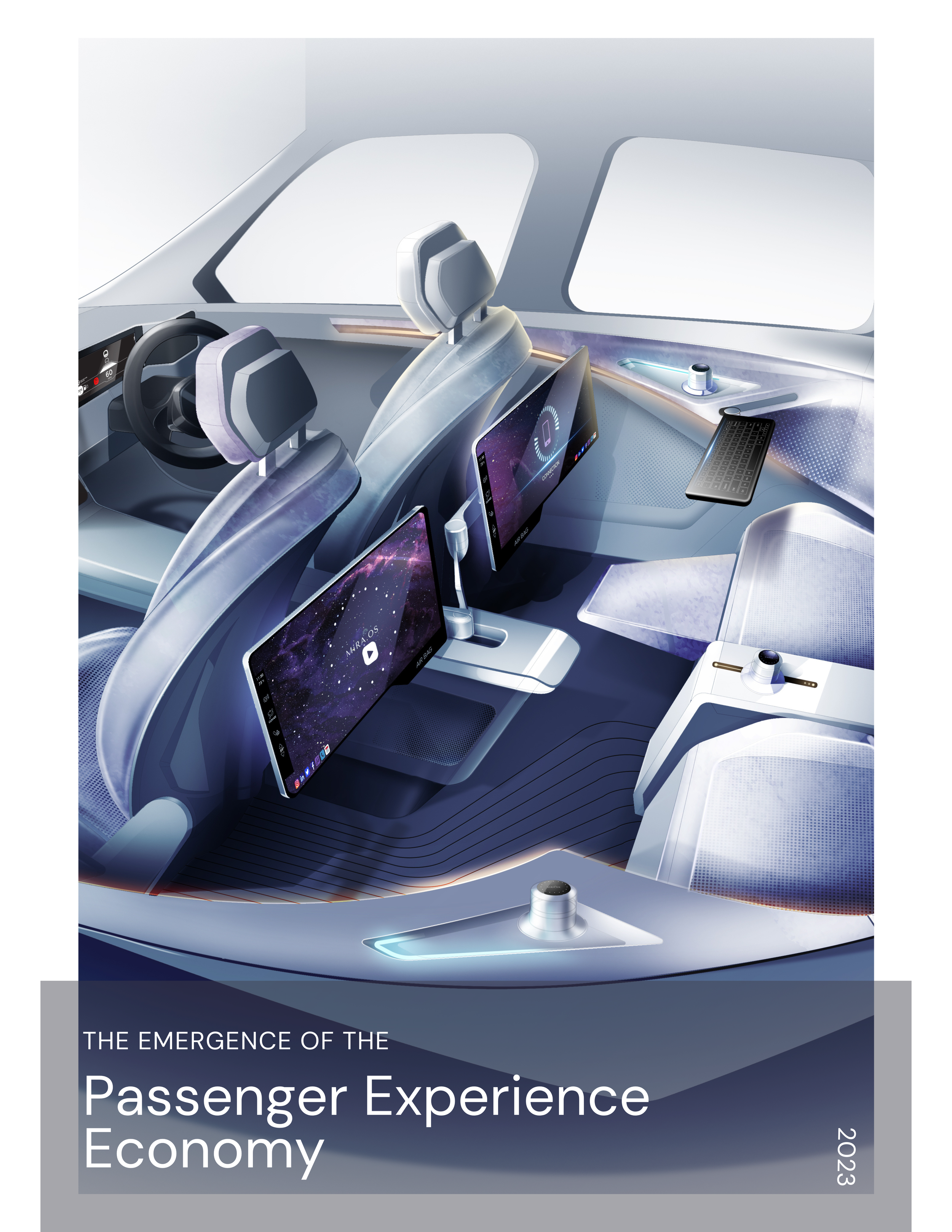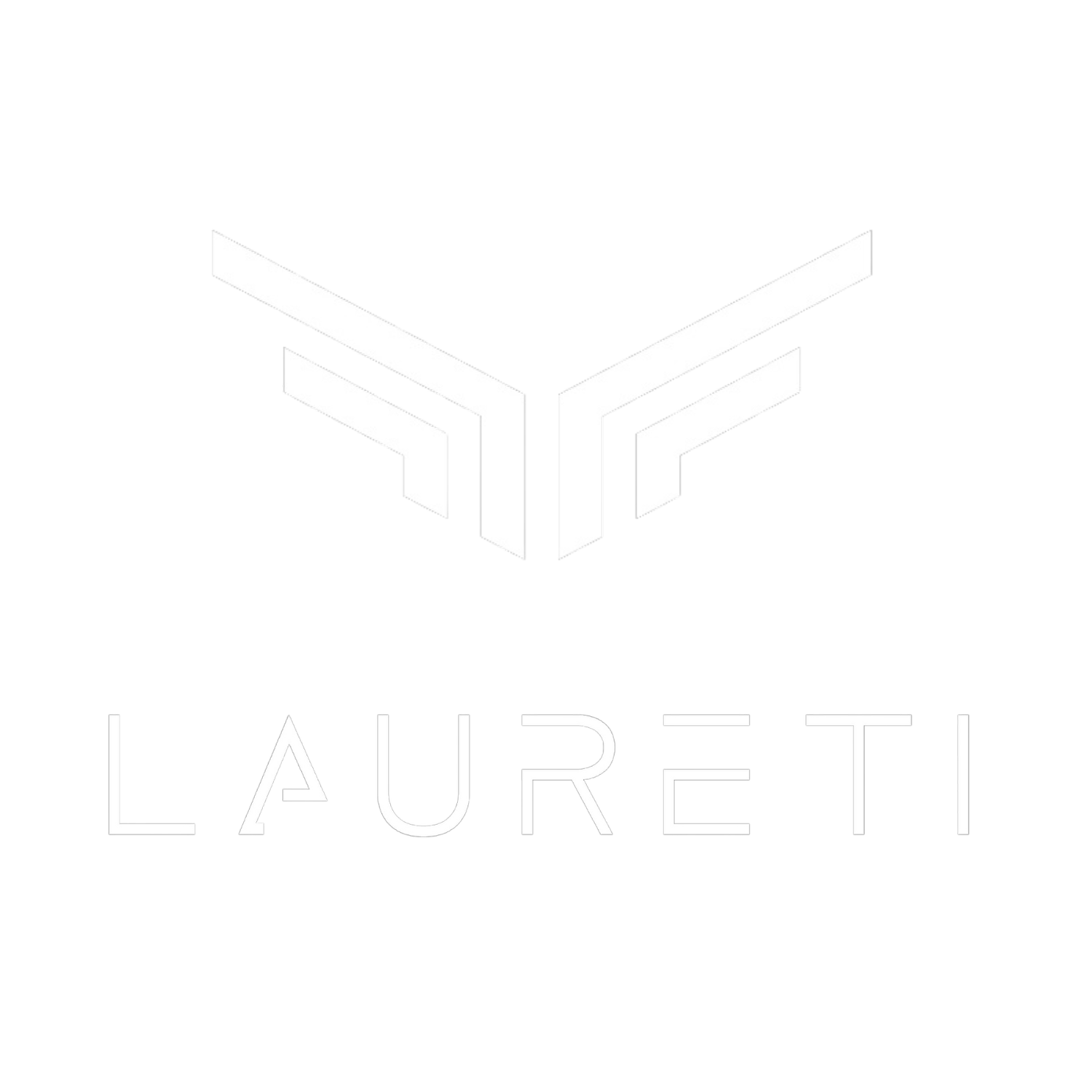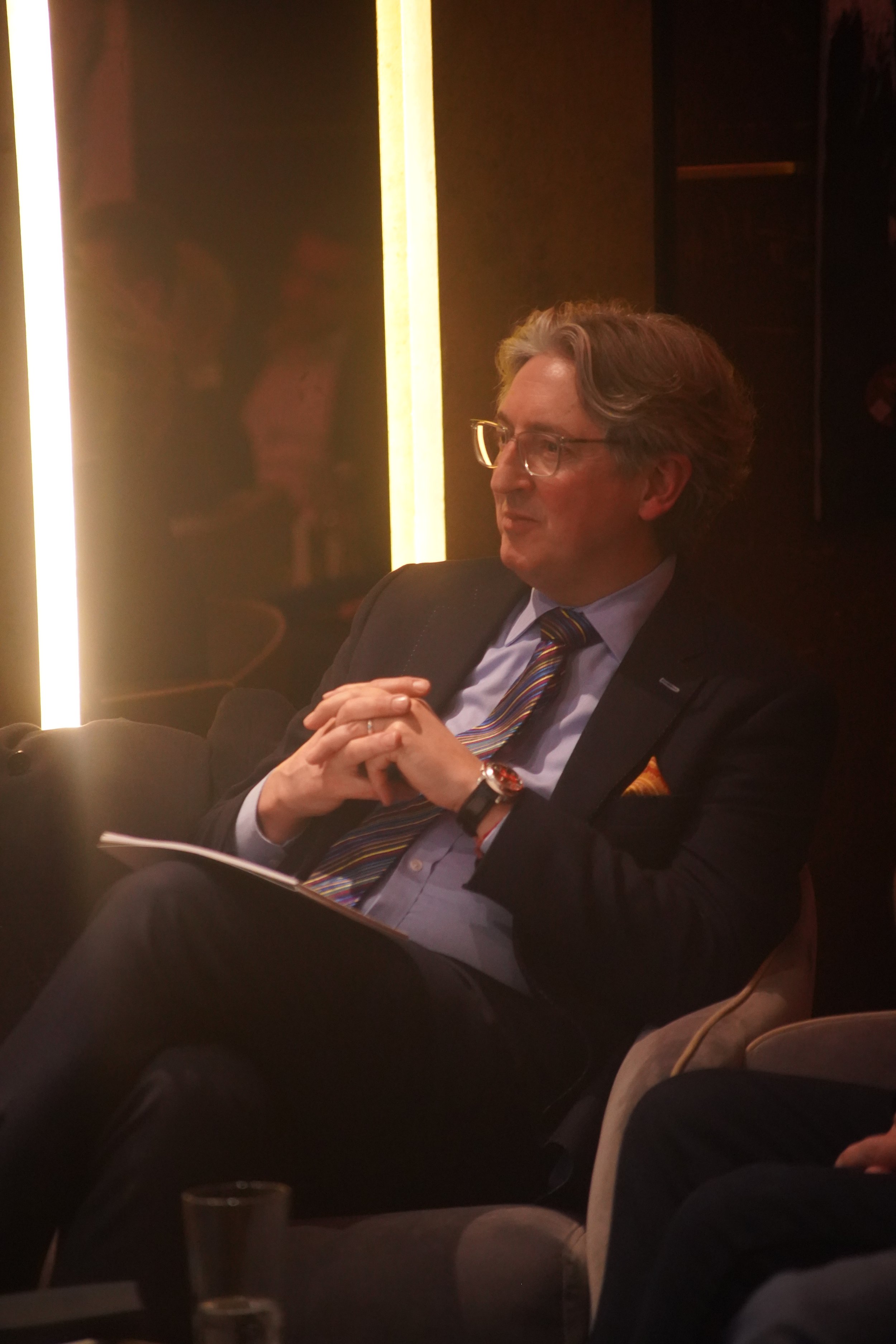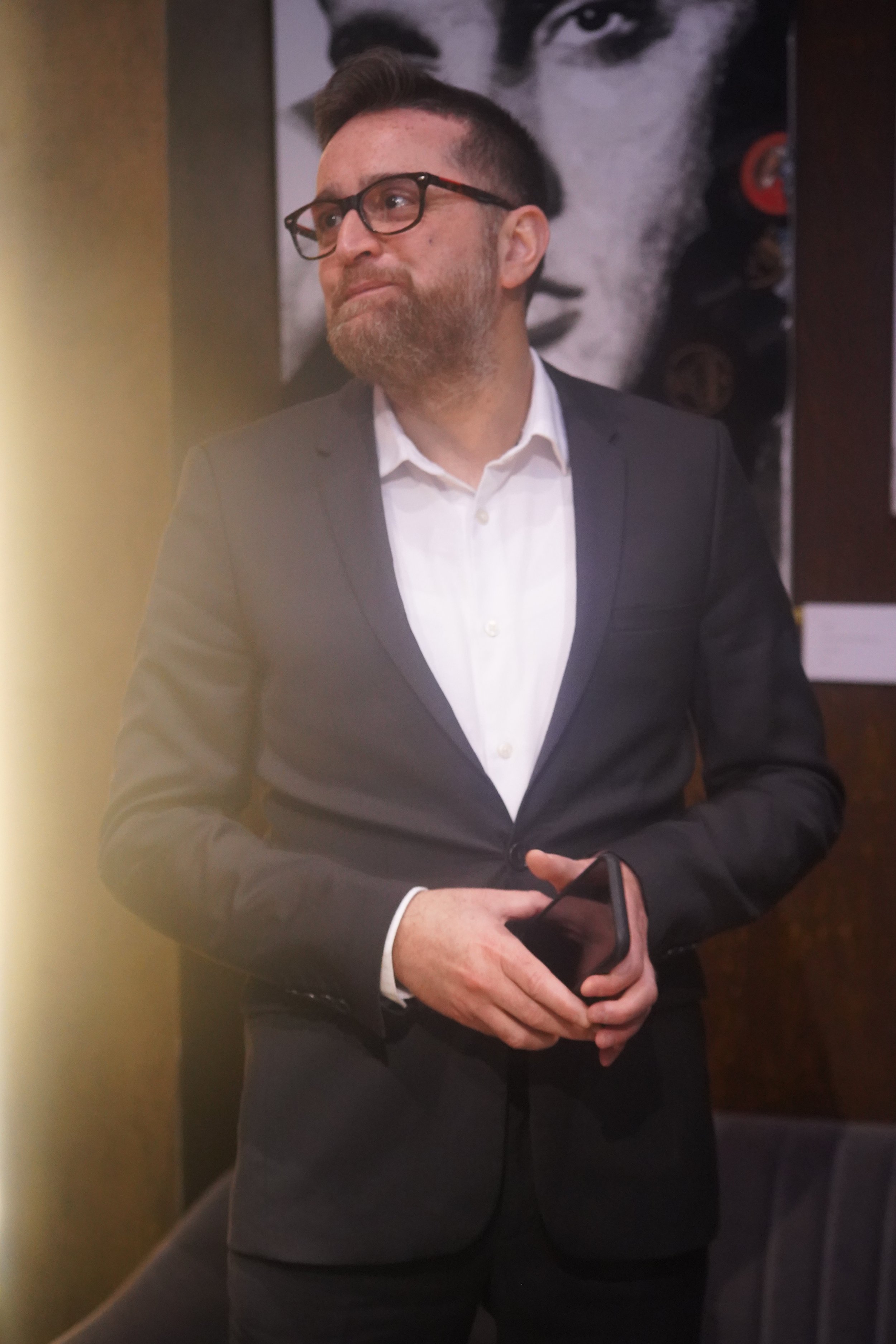Laureti launches whitepaper on the passenger experience economy.
Introduction:
It’s not just about going electric anymore. Changing ownership trends, rising on- demand options, flexible operator options, digitized mobility services, AI/ML, and autonomous vehicles (AVs) technologies are transforming the way people interact with their daily commutes. On one hand, public and private organizations are being forged to adapt to cleaner, greener, and more sustainable practices. On the other hand, mobility users demand efficient, cost- effective, and more productive commutes.
The emerging mobility needs and paradigm shifts will likely force the automakers to offer users more than just cars—causing industries to increasingly look for solutions from outside. From new technologies to creating business models and from supply chains to finance, the new approach is to put the end user at the center of its development to recenter value through a seamless ecosystem. But who is the end user of a car? It's no longer just drivers. It will be the passenger.
This changes everything in how cars and even various modes of transport have been traditionally serving customers.
It's time to look at mobility from a human-centric view- i.e., passengers or mobility users- to make the new mobility truly sustainable; both in environmental and economic terms.
The business community has been looking to the new era of mobility for a more productive, enjoyable and yet cost efficient solutions. As a passenger- centric mobility tech company, Laureti fully understands the needs of the commuter as well as the implications of digitalisation and electrification of mobility.
Our business model is designed to deliver a foundational global ecosystem that no other company is attempting to deliver. This is because we place passenger experience as a cornerstone to everything we design and develop.
In doing so, we treat whatever tools necessary; be it software, hardware or even service elements, as our priority to deliver more productive, connected and secure passenger experience rather than an isolated approach where traditionally car companies built cars; and software companies built software solutions on request. The real asset of Laureti is its core technology, MiRA.OS which runs on a secure platform infrastructure that provides portability, seamlessness and connectivity to customers (fleets & businesses), end users (regular on- demand car users and other modes of transport users) and organisations that own fleet. Factors that sets Laureti apart from its competition is that the entire ecosystem can be delivered quickly and efficiently while requiring a very low investment.
We are among the few startups to identify and predict the trends shaping new mobility. Thoroughly understanding the market and constantly projecting scenarios of why, when, and how the needs and demands could evolve have been central to our thought leadership. A deeper understanding of future dynamics drives our innovation initiatives, the organizational structure of our startup, and value-generating processes. More importantly, understanding the size of the market opportunity.
In this whitepaper, we prioritized revealing why and how passenger experience will be a significant factor in the future of mobility—the size of the opportunity and current trends driving it. The paper also outlines and makes a clear case for Laureti's foundational position in the emerging passenger economy through its innovation and forward-looking nature.
Our special thanks to Mr. Benedikt Gruetz, VP of the European Senate, Mr. Sameer Raina of Forvia (Faurecia), Roderick Cameron, Westcliff and Mr. Enea Colombo from Icona Group our commercial partner
Delighted to host US Capital Bank, Pall Mall Investments, Investors Panel, Phoenix capital partners, Rothschild SGVS, SidebySide Partnerships and Marlborough SGF fund.




























































































